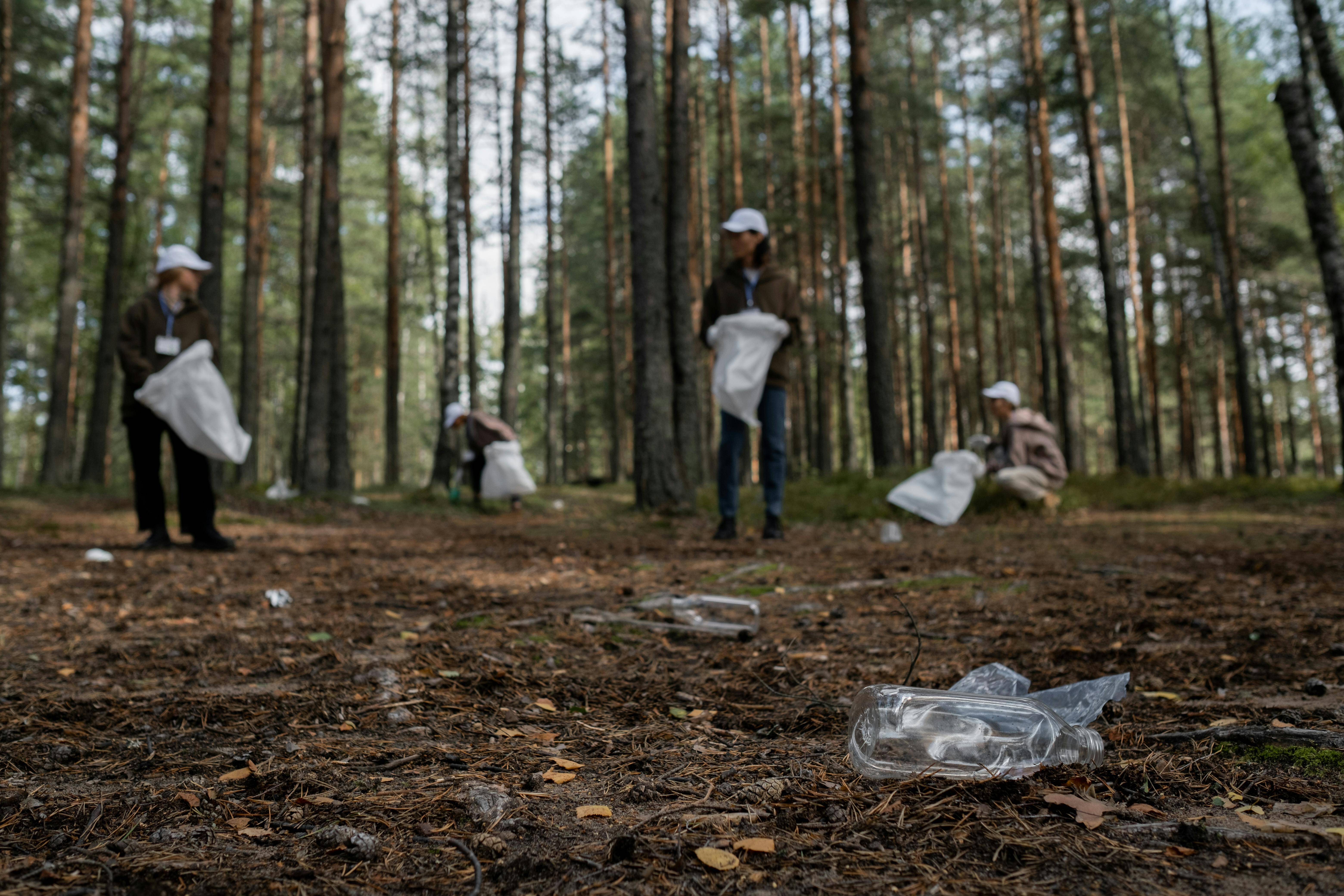


There are very few industries where sustainability can’t be harnessed as a competitive advantage, thus creating “green niches” for businesses to adopt.
If your business has fallen into a slump or stagnation in recent years, you’re likely seeking ways to reinvent your offering. You could try targeting a new audience, rebranding, investing in R&D, or perhaps seeking the sustainable route.
With the help of an environmental consulting company like WolfPeak, the latter can help you to satisfy all the former and more! We’ll do more than complete an arbitrary environmental compliance audit – instead, we’ll go steps further and turn that assessment into years’ worth of value.
So, are you ready to discover the value in the environment and change the course of your company for the better?
Some Examples to Consider
So that we’re all on the same page, we should explain what this niche might look like.
A green niche that has taken the engineering and construction world by storm is low-carbon concrete. A global leader in sustainable construction, Holcim has made an even greater name for itself through the rollout of its ECOPact concrete. This revolutionary product embodies up to 70% less carbon than its traditional counterpart. In the first year of ECOPact production, Holcim delivered one million tonnes and achieved record results across all key financial metrics, clearly displaying the value of their efforts in sustainability.
Toilet paper enthusiasts will be aware of Who Gives A Crap’s rise to popularity as a sustainable alternative to traditional TP. The brand was crowd-funded into existence in 2012 and has since profited $20 million while donating half of that to charities in sanitation. In 2021, the company raised $41.5 million in its first round of funding and navigated a tumultuous post-pandemic slowdown on the back of good will and smart business. While consumers may not have known they needed it, this TP trailblazer proved there is always room for a green niche.
If you’re keen to get another infrastructure project approved, remember that sustainable planning can appeal to governments, end-users and contractors. As part of the Sydney Metro Northwest project, seven station canopies and additional multi-story parking facades were built using 100% responsibly sourced timber. This was certified by SCS Global Services and carried out by principal contractors, John Holland and CPB Contractors.
John Holland Sustainability Manager Thirukumaran Jallendran said this certification was essential to his company.
“The Sydney Metro Northwest project is a milestone for Australia, and we are proud that it reflects the country’s responsible sourcing goals,” he said.
“It was a complex undertaking, and it is very rewarding to see it completed. SCS helped ease the certification process and enabled us to be the first to achieve a project certification of this magnitude.
“We hope to set the precedent that project certification is a significant and worthwhile endeavour for other Australian projects.”
Analyse Your Competitors
Now that the concept of a green niche is crystal clear, the first step is to analyse the market and find gaps in your competitors’ offerings.
If we put ourselves in the shoes of Holcim, circa 2009, post-GFC, when we can safely assume ECOPact was hardly conceptualised, we can imagine their marketing team scrounging for competitive advantages. Their share price had hit a 13-year low (as had many companies’) and the market hadn’t changed much since polished concrete burst onto the scene in the 90s. Of course, the concept of green concrete was conceived in the 90s too, but no one had since taken it to the heights that Holcim planned.
Realising this gap in the market, Holcim have made sustainable construction and low-carbon concrete their own. It remains their most significant selling point and has now been rolled out in several continents including Australia, North America and across Europe.
Without personally knowing what was going on behind the scenes, we can assume ECOPact’s research and development stage included some competitor analysis.
So, we challenge you to ask yourself what your competitors are doing; what they’re not doing; and what you can do better…
Analyse Your Own Processes
The answer to your highly sought-after green niche – if it does exist – may be simpler than you think. Many of the processes maintained by the average business still leave room for greater sustainability, presenting clues to find that niche.
Many companies have already dabbled in recycled packaging, but does your product lend itself to going one step further? Perhaps it doesn’t need packaging at all…
Plenty of companies have rolled out electric vehicles on construction sites and for their daily commute. Have you thought about taking this a step further? Why not design a vehicle that can produce the workload of two predecessors with the emissions of none? Many companies will say, “Impossible! It can’t be done.” And so, the niche presents itself…
We encourage you to scrutinise every key process because we’re sure you’ll find one that unlocks your company’s new competitive advantage. It only takes one Daring Dan or Inventive Vanessa to ask, “why not?” and you’re suddenly building the foundations of a new business vertical (out of ECOPact, perhaps).
Consult with Professionals (that’s us!)
If this article has created more questions than answers, WolfPeak is here to help you find your green niche. We’ve worked with business and government bodies in all kinds of industries where sustainability has great potential.
Whether you’re ticking that green box to keep a project moving or to gain a valuable competitive advantage, there is always a good reason to go greener. Get in touch with our team and discover all the ways that your business can go to the next level.



